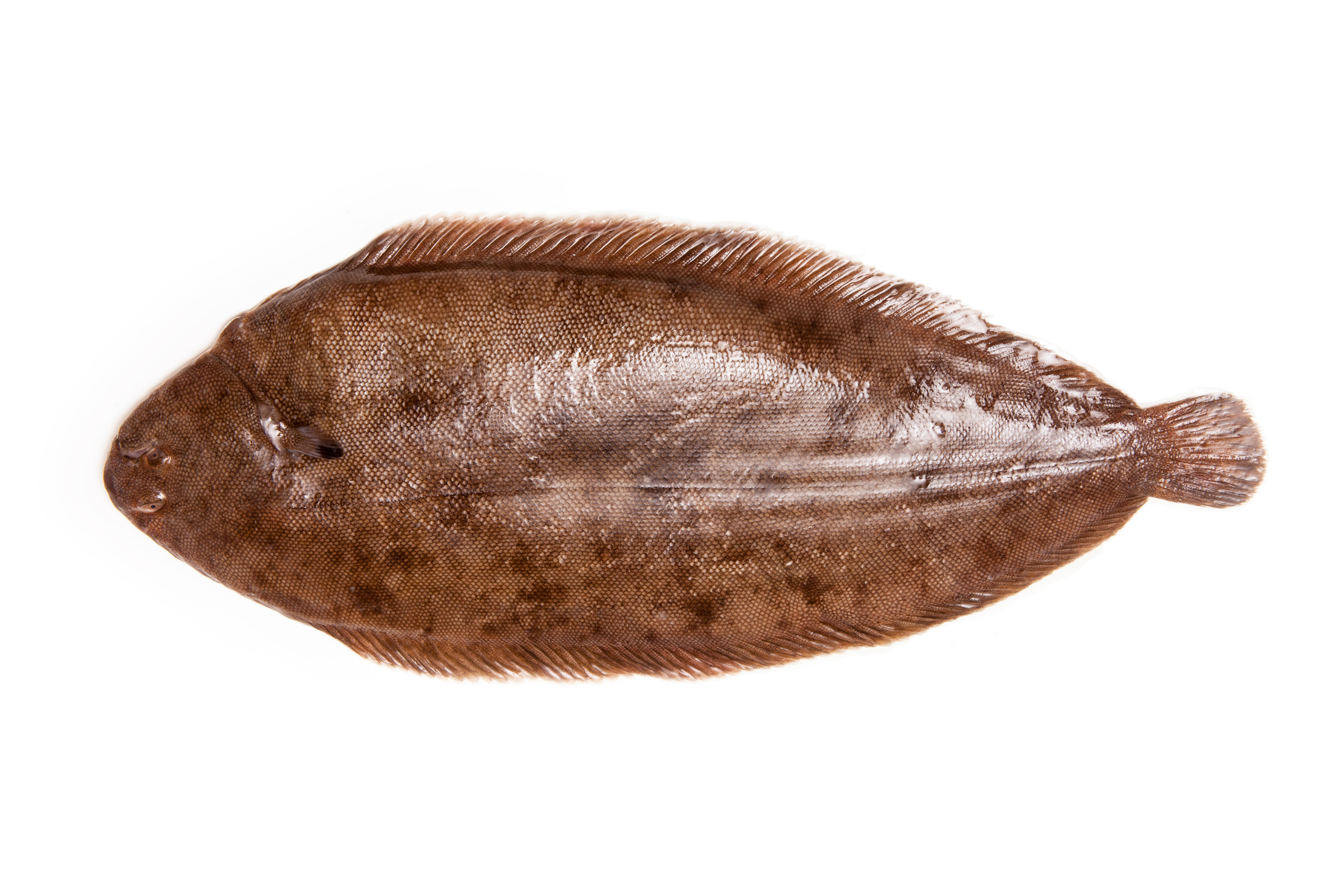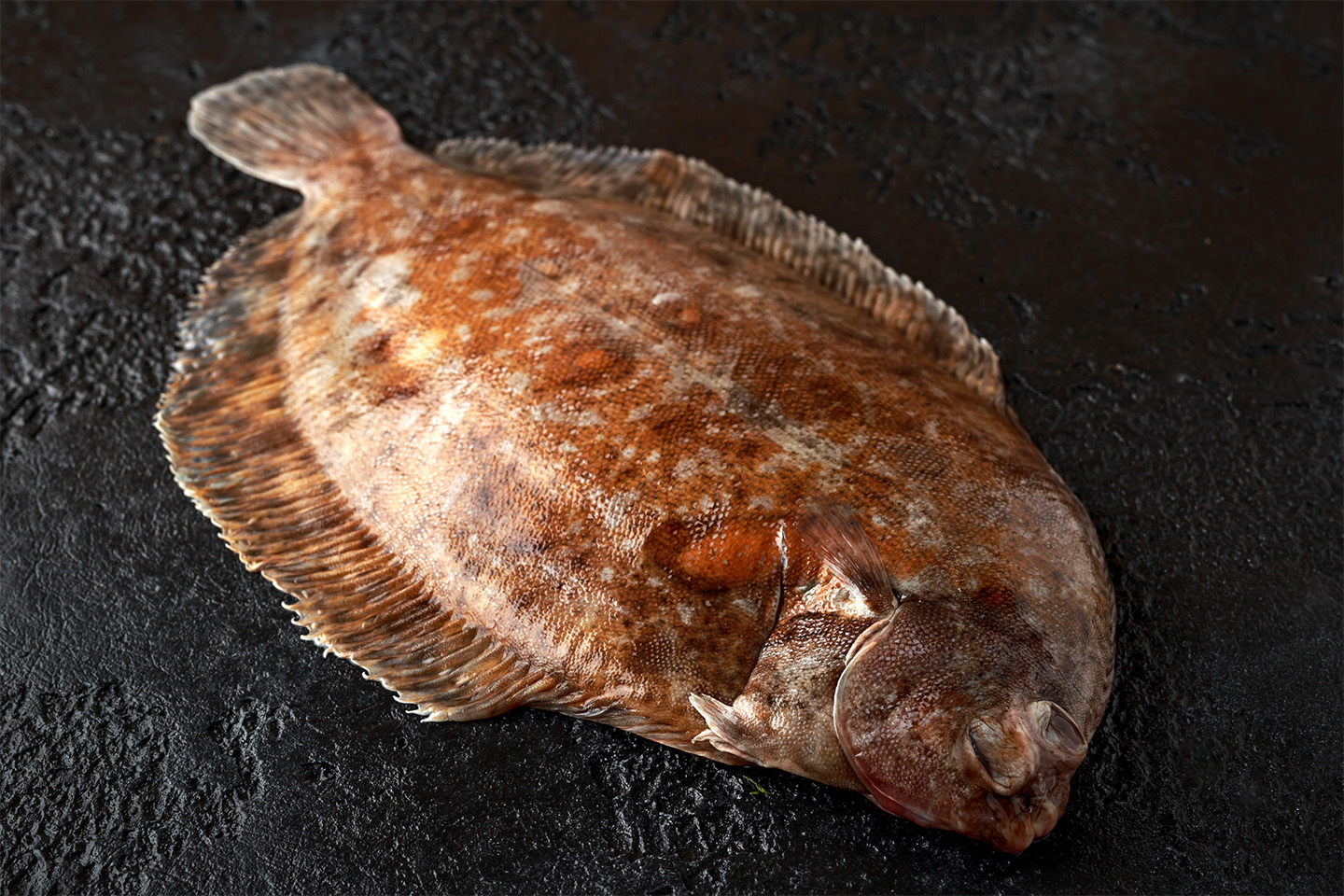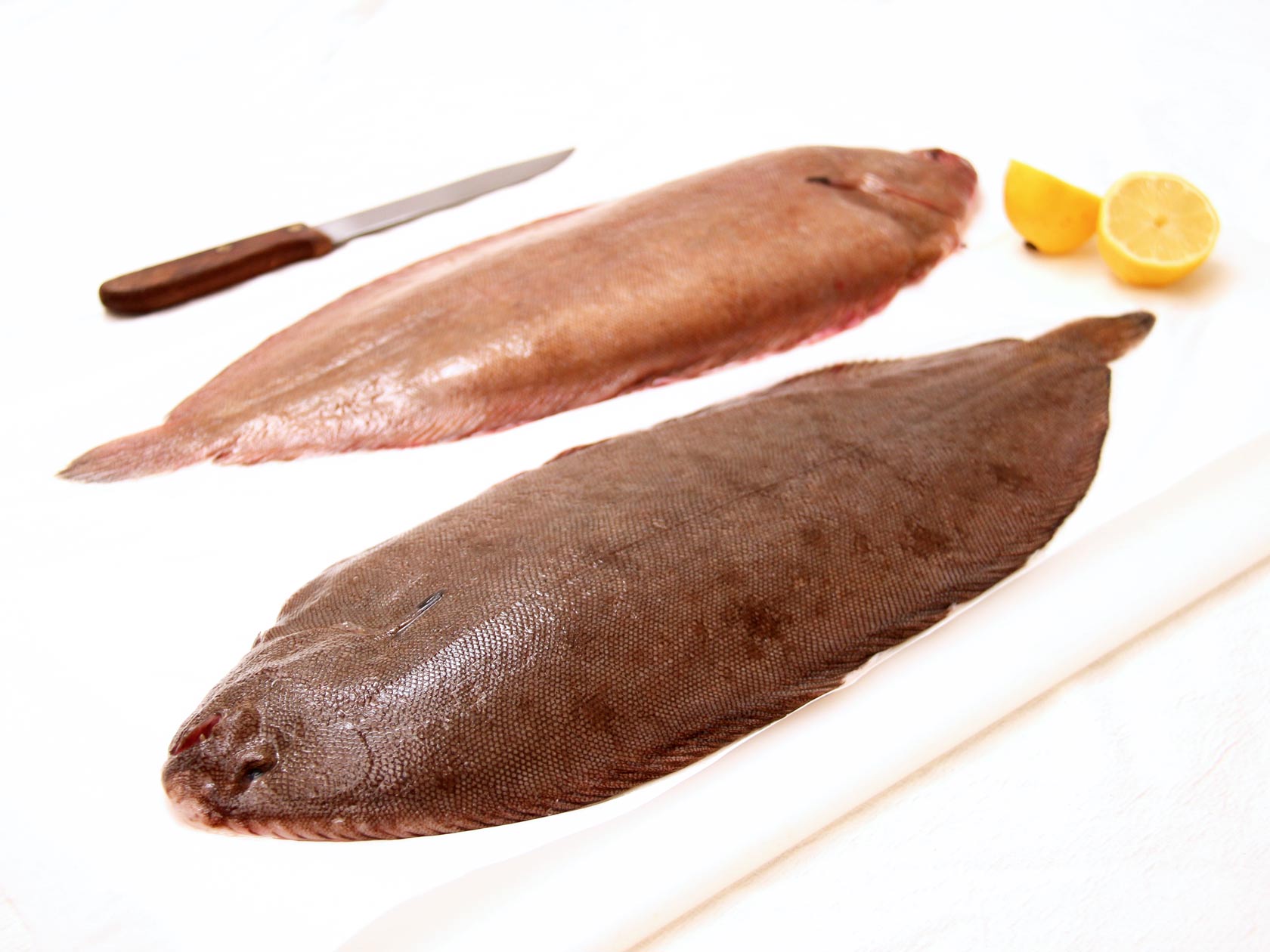Sole Fish Biology and Characteristics

Sole fish, members of the Soleidae family, are flatfish renowned for their distinctive physical attributes and fascinating life cycles. Their unique adaptations and behaviors make them intriguing subjects of study for marine biologists and nature enthusiasts alike.
In the tapestry of the ocean, the sole fish, with its flat, oval body, swims through the depths, its life an intricate dance. Like the perch, a symbol of steadfastness and determination perch meaning , the sole embodies the spirit of resilience.
Its eyes, peering from both sides of its head, provide a panoramic view, guiding it through the ever-changing waters.
Physical Attributes
Sole fish possess several distinctive physical characteristics. Their bodies are typically oval or elongated, with a flattened shape that allows them to dwell close to the seabed. Their eyes are positioned asymmetrically, with both eyes located on the same side of the head, a feature that aids in camouflage and predator avoidance. Additionally, sole fish have small mouths and lack teeth, relying on suction to feed on small invertebrates and fish.
The sole fish, a flatfish that dwells in the sandy depths of the ocean, is a culinary delicacy prized for its delicate flavor. Its name, derived from the Latin word “sola,” meaning “alone,” reflects its solitary nature. However, like the pike, a fierce predator that lurks in freshwater, the sole fish is also a symbol of stealth and determination.
Just as the pike uses its lightning-fast strikes to capture its prey ( pike meaning basketball ), the sole fish patiently waits for its unsuspecting victims to venture near, before swiftly snatching them with its sharp teeth.
Habitat and Distribution
Sole fish are predominantly found in marine environments, inhabiting sandy or muddy bottoms in shallow coastal waters to depths of up to 1,000 meters. They are widely distributed across the globe, with different species inhabiting various oceans and seas. Some sole fish species exhibit migratory patterns, traveling long distances during specific seasons for spawning or feeding.
Beneath the sun-dappled waves, sole fish glide effortlessly, their flat bodies like silver coins. Their elusive nature makes them a prized catch, much like the enigmatic pike. The pike meaning holds a special significance, representing both strength and determination. Like the sole fish, the pike is a master of its watery realm, navigating murky depths with grace and precision.
Diet and Feeding Habits
Sole fish are opportunistic feeders, primarily consuming small invertebrates such as worms, crustaceans, and mollusks. Their diet varies depending on the species and habitat. Some sole fish species are known to bury themselves in the sediment, waiting for prey to come within reach before ambushing them with their powerful suction.
Sole fish, with its delicate flesh and mild flavor, has long been a favorite among seafood lovers. In the realm of sports, however, the term “perch” takes on a different meaning, referring to a basketball perch basketball term. Just as the sole fish gracefully glides through the water, a basketball player “perches” above the rim, poised to dunk with power and precision.
Reproductive Cycle, Sole fish
Sole fish typically reach sexual maturity between 2 and 4 years of age. Spawning occurs during specific seasons, with females releasing large numbers of eggs into the water column. The eggs are fertilized by males, and the larvae hatch after a period of several days. The larvae undergo a metamorphosis process, transforming from a pelagic to a benthic lifestyle as they settle on the seabed.
Behavior and Adaptations
Sole fish exhibit a range of behaviors and adaptations that enhance their survival in their marine environment. They are skilled at camouflage, using their flat bodies and coloration to blend in with the seabed. Their asymmetrical eyes provide them with a wide field of vision, enabling them to detect predators and prey. Additionally, sole fish possess the ability to rapidly change their skin color and texture, further aiding in camouflage and communication.
Sole Fish in Cuisine

Sole fish is a culinary delicacy prized for its delicate flavor and versatility in cooking. Its mild taste and firm texture make it a favorite among seafood enthusiasts and chefs alike. Sole is often featured in upscale restaurants and is considered a premium fish due to its high quality and demand.
The culinary significance of sole fish extends beyond its taste and texture. It is also a rich source of essential nutrients, including protein, omega-3 fatty acids, and vitamins. Sole is considered a healthy and nutritious choice for individuals looking to maintain a balanced diet.
Preparation and Cooking Methods
Sole fish can be prepared and cooked in various ways, each highlighting its unique flavor and texture. Some of the most common methods include:
- Pan-frying: Sole fillets are dredged in flour or breadcrumbs and pan-fried until golden brown. This method creates a crispy exterior while keeping the inside moist and flaky.
- Baking: Sole fillets can be baked in the oven with herbs, lemon juice, and butter. Baking allows the fish to retain its natural flavors and results in a tender and juicy dish.
- Grilling: Sole fillets can be grilled over medium heat, brushed with olive oil, and seasoned with salt and pepper. Grilling imparts a smoky flavor to the fish and creates a slightly charred exterior.
- Steaming: Sole fillets can be steamed in a steamer basket over boiling water. Steaming is a gentle cooking method that preserves the delicate flavor and nutrients of the fish.
Nutritional Value and Health Benefits
Sole fish is an excellent source of several essential nutrients, including:
- Protein: Sole is a high-protein fish, providing essential amino acids for muscle growth and repair.
- Omega-3 Fatty Acids: Sole is rich in omega-3 fatty acids, which have been linked to various health benefits, including reduced risk of heart disease and improved brain function.
- Vitamins: Sole contains several vitamins, including vitamin D, which is important for bone health, and vitamin B12, which is essential for nerve function.
Incorporating sole fish into a balanced diet can provide numerous health benefits, such as:
- Improved heart health: The omega-3 fatty acids in sole may help reduce the risk of heart disease by lowering blood pressure, improving cholesterol levels, and reducing inflammation.
- Enhanced brain function: Omega-3 fatty acids have been shown to play a crucial role in brain development and function, improving memory, learning, and overall cognitive abilities.
- Stronger bones: Sole is a good source of vitamin D, which is essential for calcium absorption and maintaining bone health.
Sole Fish in Commerce and Trade

Sole fish hold significant economic value in the global seafood industry. Their delicate flavor, versatility in culinary applications, and nutritional profile make them highly sought after by consumers worldwide.
Global Sole Fish Production and Consumption
According to the Food and Agriculture Organization (FAO), global sole fish production in 2020 amounted to approximately 1.2 million metric tons. China is the leading producer, accounting for over 50% of the global supply. Other major producers include the United States, Russia, Japan, and Peru.
Consumption of sole fish is widespread, with major markets in Europe, North America, and Asia. The United States is a significant consumer, importing a substantial amount of sole fish to meet domestic demand.
Challenges and Opportunities in the Sole Fish Market
The sole fish market faces several challenges, including:
- Overfishing: Unsustainable fishing practices have led to declines in sole fish populations in some regions.
- Aquaculture challenges: Sole fish farming is a relatively new industry, and there are challenges in developing sustainable and cost-effective production methods.
- Market fluctuations: Prices for sole fish can fluctuate depending on supply and demand, affecting profitability for fishermen and suppliers.
Despite these challenges, there are also opportunities for growth in the sole fish market:
- Growing demand: Increasing awareness of the health benefits and versatility of sole fish is driving demand.
- Sustainability initiatives: Governments and industry stakeholders are implementing measures to promote sustainable fishing practices.
- Technological advancements: Innovations in fishing and aquaculture technologies can improve efficiency and reduce environmental impact.
Sole fish, with its flat, oval body, lies motionless on the seabed, camouflaged against the sandy bottom. Yet, in the world of basketball, the term “perch” perch basketball term describes a player who positions themselves near the basket, waiting for an opportunity to score.
Like the sole fish patiently blending into its surroundings, the basketball player perches strategically, ready to seize the moment and deliver a decisive shot.